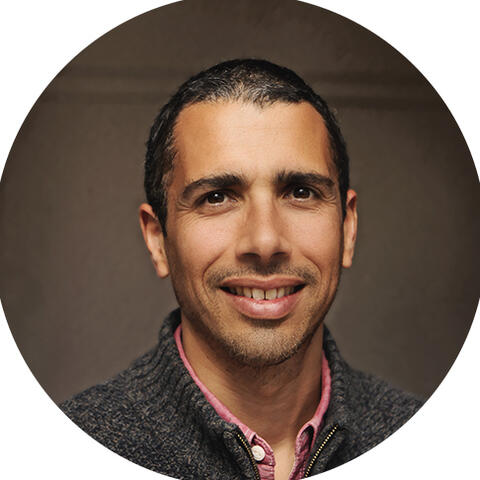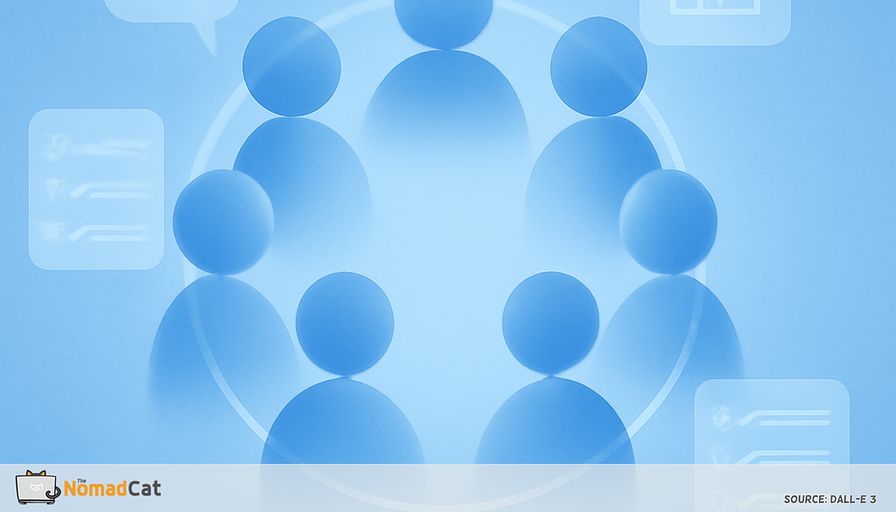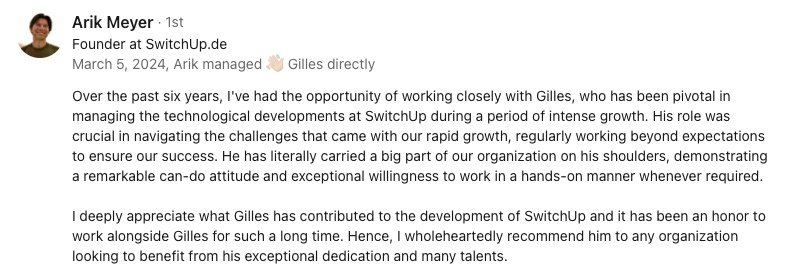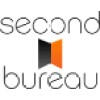Abstract:
The article explains how peer mentorship rings—small, rotating groups where each member alternates leading, sharing, and learning—offer a balanced, low-pressure alternative to traditional, hierarchical mentorship models. By keeping groups small and roles fluid, these rings foster fairness, trust, and sustained engagement, making them ideal for people who prefer simple structures and minimal tools. The article details practical steps for setting up such groups, including choosing compatible members, setting clear ground rules, and using minimalist digital tools and templates to streamline meetings. It shares real-world examples, such as freelance engineers from diverse sectors supporting each other through challenges by switching roles and keeping meetings brief and focused. The piece highlights how these groups maintain momentum through regular check-ins, light review sessions, and flexible routines, and underscores that this approach is particularly effective for solo workers or remote teams—drawing on the author’s own experience building international teams where simplicity encouraged lasting participation. Ultimately, the article demonstrates that peer mentorship rings, with their rotating leadership and lean setup, cultivate genuine support, prevent burnout, and encourage personal and professional growth by keeping group dynamics fresh and inclusive.
Peer mentorship rings have an easygoing vibe that really sets them apart from traditional group coaching or classic mentor-mentee setups. Instead of everyone having a fixed role or getting advice from the top down, these small groups rotate—each person has a turn to lead, share, and learn. That takes away extra pressure and creates more balance, keeping ideas fresh. For people who prefer simple habits and don’t like heavy systems, this style is both practical and pretty relaxed.
I’ve found that step-by-step frameworks for forming or joining small peer groups—like picking the right people, setting up ground rules, and keeping meetings light—make all the difference. I’ll walk through how role rotation keeps things fair, how minimalist tools make group support easier, and what kind of agreements help trust take root. I’ll also share tips for handling rough patches, like when someone leaves or the group energy dips, plus easy ways to keep things lively and sustainable.
In my experience, real peer rings help freelancers work through tough problems together—no fancy software or big time investment needed. If you want support that’s simple, shared, and real, I think you’ll find a clear path here for building a group that actually delivers.
How peer mentorship rings stand out
Rotating support, not hierarchy
Picture a small group where each person gets to lead and learn—no one’s always in charge, and no one’s always following. That’s what a peer mentorship ring does. Instead of strict mentor-mentee roles or a group with an obvious leader, everyone takes a turn. Over time, every member offers and gets support. This kind of switch comes from practices in education and tech, mixing informal, non-hierarchical help with independence and choice. In the usual setups, people can get stuck in roles and things get stale. Peer rings shake things up so everyone stays involved and motivated.
This rotating style connects with proven group methods—like in classrooms where roles shift to spread participation, or in tech teams who change up who’s running a meeting. By letting leadership shift and mixing up roles, a mentorship ring stays flexible and open. No one has the upper hand just because of a title. Everyone gets their turn, shares their skills, and learns from others. Each time roles change, the group gets a fresh boost. For anyone who likes things simple and balanced, especially folks into tech minimalism, this setup feels refreshing compared to old-school hierarchies.
Why minimalists love rotation
Classic mentorships can leave one person worn out if they're always leading or giving advice. When roles rotate, this kind of burnout disappears. People who want a less complicated approach get more balance—everyone gains, and no one gets buried under work or ignored. It’s a way to keep things moving without extra layers or authority.
Beyond reducing pressure, rotating roles builds humility and better listening. When each person acts as both helper and learner, everyone gets to see things from another side and pick up new skills. Someone used to giving advice may be surprised by how much they learn just by listening.
The setup is straightforward. You don’t need expensive gadgets or endless planning. Just a few people, a set plan, and a chat group. It fits into busy lives and keeps running over time. With all these upsides, it’s clear why people want group support that’s fair, reliable, and easy.
Setting up a peer mentorship ring
Choosing the right group
Starting a peer mentorship ring begins with picking the right folks. Groups of three to five tend to work best—small enough so everyone gets heard, but a mix for good ideas. A few things often make for a strong group:
- Pick folks with similar goals, so chats don’t go off track
- Welcome members with different backgrounds—different views mean deeper talks
- Keep it small, so everyone gets a turn
A group that’s not too big but with mixed backgrounds brings learning without making things complicated.
Setting expectations for trust and participation
Once the group is set, having clear expectations matters. Members should be open to feedback, ready to both help and be helped, and willing to meet regularly. Trust and privacy make honest talks possible—without them, it’s hard for anyone to open up or grow.
Making agreements upfront
With a group in place, it pays to agree on a few basics at the start:
- How often the group meets, and plans if someone can’t make it
- Keeping meetings private
- How often people swap roles
Using a quick checklist or shared note helps everyone stay in tune and makes the group run smoother.
Light meetings and smooth rotation
Finding the right rhythm
A monthly role swap suits most. It gives enough time for each to lead and get feedback without feeling rushed. Some like to go faster if there’s a tight deadline, but choosing a pace that fits everyone keeps it easy.
Short, repeatable meetings
Short and predictable meetings last. I aim for 30 to 45 minutes with:
- A quick hello from all
- One main problem or question
- Group feedback and a quick round-up
Repeating a simple format helps everyone know what’s ahead and keeps planning light.
Templates and clear roles
Clear roles and simple checklists make rotation smooth. Ready-made templates for running meetings or tracking who’s in what role cut time spent on setup. The right (minimal) resources help the group start and keep going without fuss.
Tools and templates for minimalist groups
Simple digital tools
For chatting and planning, simple group apps—WhatsApp, Signal, or Slack—do the job. They help with reminders, sharing files, or quick check-ins. Picking a tool everyone finds easy keeps digital noise down.
Public templates to get started
Templates get groups moving fast. There are plenty of open resources—basic agendas, peer feedback forms, or simple charts for role assignments—that save time. Many grab templates from university toolkits or open mentoring guides to skip reinventing how meetings run.
Minimal setup for sustainability
The easier the setup, the longer the group lasts. Tools and templates that need little effort at the start mean more energy goes into real talk and learning, not busy work. This basic approach keeps things going, even when new challenges pop up.
Making it work in real life
Balancing experience and participation
When people have different backgrounds, it’s easy for the most experienced to take over. Rotation gives everyone the chance to lead or bring up their challenge—no one’s stuck running the show, and new folks get their turn too. Regular rotation, along with clear ground rules, helps keep things fair.
Many groups use simple expectations for feedback and how meetings run. Giving everyone equal time or focusing feedback on what someone did, not who they are, works well. Breaking tasks into smaller steps helps quieter people find their voice too.
Regular check-ins at the end—like “What worked? What could be better?”—help spot if balance is off. These habits build trust and make sure everyone has a say.
Fostering trust and safety
Trust builds when members feel safe being honest or even unsure. In small groups, seeing one person share a struggle makes it easier for others to do the same. I remember when I was managing a multicultural team in Beijing, one of our quietest members finally admitted she was overwhelmed by the pace. That moment of honesty opened the door for others to share, and suddenly our group felt much closer. This kind of vulnerability is the root of a safe, open group.
Setting ground rules for feedback—always focusing on the task, not the person—keeps things positive. Making roles clear in the meeting agenda (who’s leading, who’s sharing a problem) also helps people feel less nervous.
Still, even steady groups face hiccups like people losing interest. Sometimes, the group need to adapt quickly when someone leave unexpectedly. A few habits can help catch these bumps early.
Staying healthy when members leave
A short written agreement on group rules makes it easy to handle issues, like missing meetings. For instance, agree that missing two sessions in a row means a quick check-in to talk about commitment.
Regular, friendly check-ins—on calls or in group chat—keep everyone connected. Simple documents with group agreements or notes make adding new members or swapping people less hassle.
These habits help groups keep going strong, even as people come and go.
Seeing it in action
Freelance engineers support each other
I’ve seen a typical session with four engineers, all new to freelance after years in fast-moving companies, meeting monthly to help each other handle the ups and downs. One person is the ‘focus,’ sharing a challenge or goal. Another is the facilitator, running the talk, while the other two listen and offer ideas. Every session, roles switch so everyone gets to lead, share, and contribute. No one gets stuck in the same seat.
One challenge that came up was dealing with late payments from overseas clients—a problem that’s more common than you’d think. The group tried out a shared Notion board to track payment status and swap templates for polite but firm follow-up emails. This simple tool made a real difference in keeping everyone accountable and less stressed.
Real challenges, rotating roles
With different backgrounds, the group’s advice is broad. Say the ‘focus’ is struggling with pricing projects. The rotating ‘mentor’ keeps the chat moving and draws ideas from the group. Someone else tracks notes. This way, nothing is lost.
Diversity keeps it interesting
Members come from e-commerce, SaaS, IT, and product management. That means advice isn’t cookie-cutter—chats swing between technical tips and business talk, always with a fresh angle. The rotating format keeps one person’s story from crowding out others.
Keeping momentum with simple tools
Things aren’t always smooth; time zones and client deadlines can trip up scheduling. Using a shared Google Doc for tracking and WhatsApp for reminders keeps everyone in sync, even when life gets busy.
Lasting benefits from a simple structure
Over time, group members felt less alone, more sure of themselves, and better able to handle both tech troubles and business problems. For me, these peer groups helped me stay focused on client work and avoid the feast-or-famine cycle common in freelancing. The rotating, easygoing support was sustainable and helped everyone grow. Simple habits make all the difference, especially when you’re juggling work and life boundaries.
Keeping it minimalist and sustainable
Lean structures for simplicity
Regular reviews keep things smooth and light. Some routines that work:
- Keep meetings short and predictable
- Don’t add new tools or rules unless absolutely needed
- Stay small—fewer people, more room for discussion
These patterns keep things running without burnout.
Simple review sessions—a fast group check every few months—keep things on track, making sure what works stays, and what doesn’t get cut.
Maintaining momentum and reflection
Frequent light feedback—like a short check-in at the end of each meeting—helps spot ways to improve without piling on admin. Using a shared to-do list or doc for goals keeps things moving with little fuss.
If the group needs energy, a small switch in agenda or bringing a guest can spark new life. Trying out asynchronous chats or testing new topics sometimes works well too.
When I built international teams in Berlin and Beijing, I noticed that the more stripped-down the structure, the easier it was for people to turn up and stay with the group, even when fully remote. A light touch means people don’t get tired and they keep growing—especially solo workers.
Peer mentorship rings have shown me how easy routines and shared roles can make group support both solid and lasting. With rotating roles and basic tools, these groups kick out hierarchy and pressure so all voices matter. Simple ground rules and a small circle help trust build and keep meetings relaxed. When trouble comes, being open and flexible helps the group bounce back. For me, keeping things minimalist has made peer support sustainable—and honestly, it’s helped me stay connected and sane through the ups and downs of solo work. Sometimes, the simplest habits are the ones that stick.














